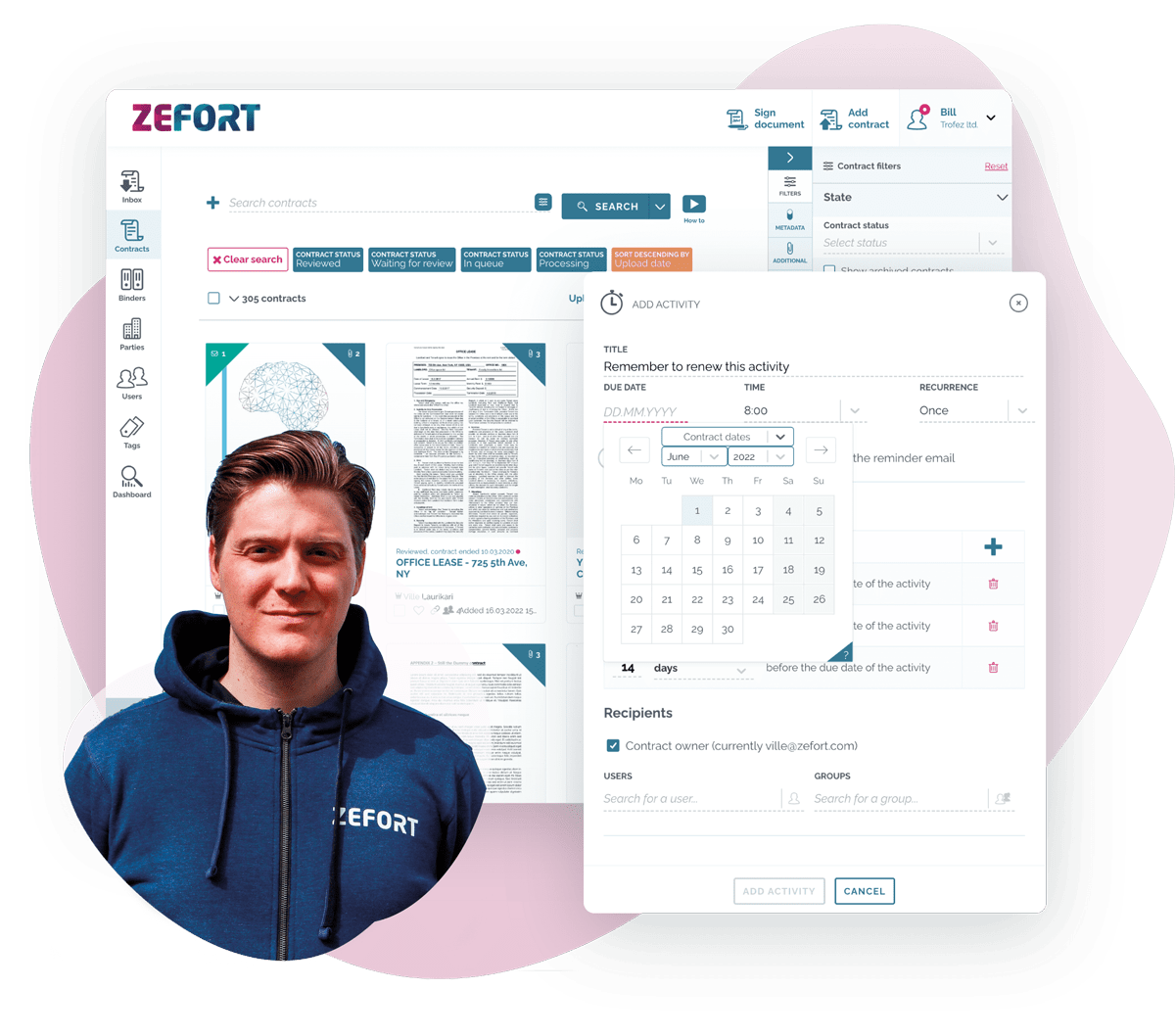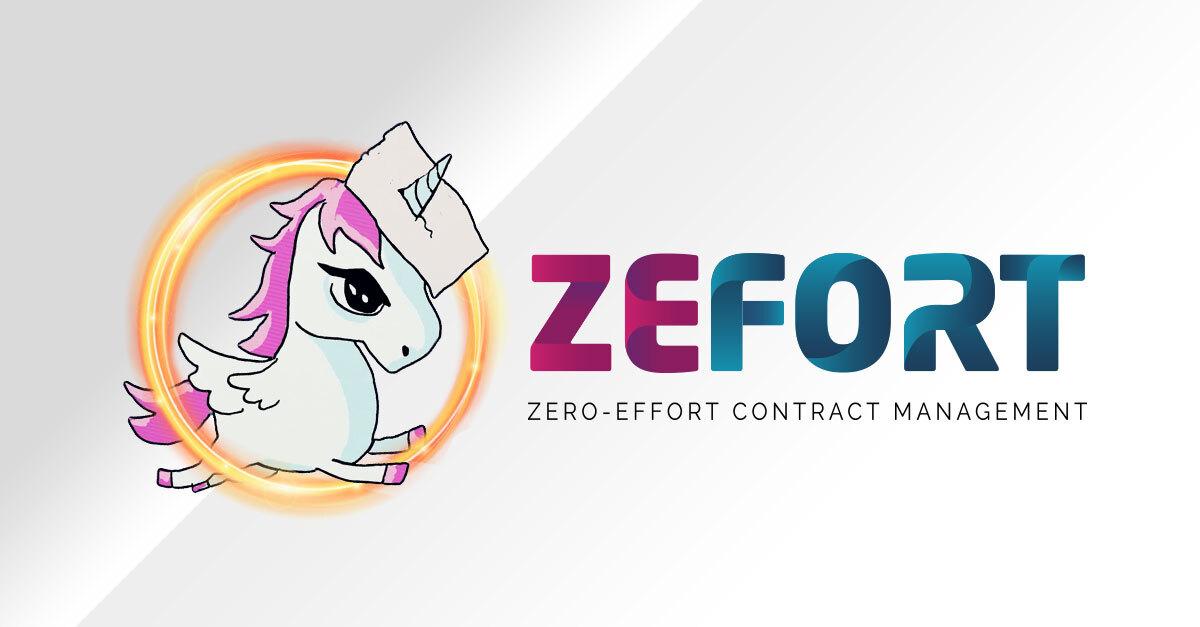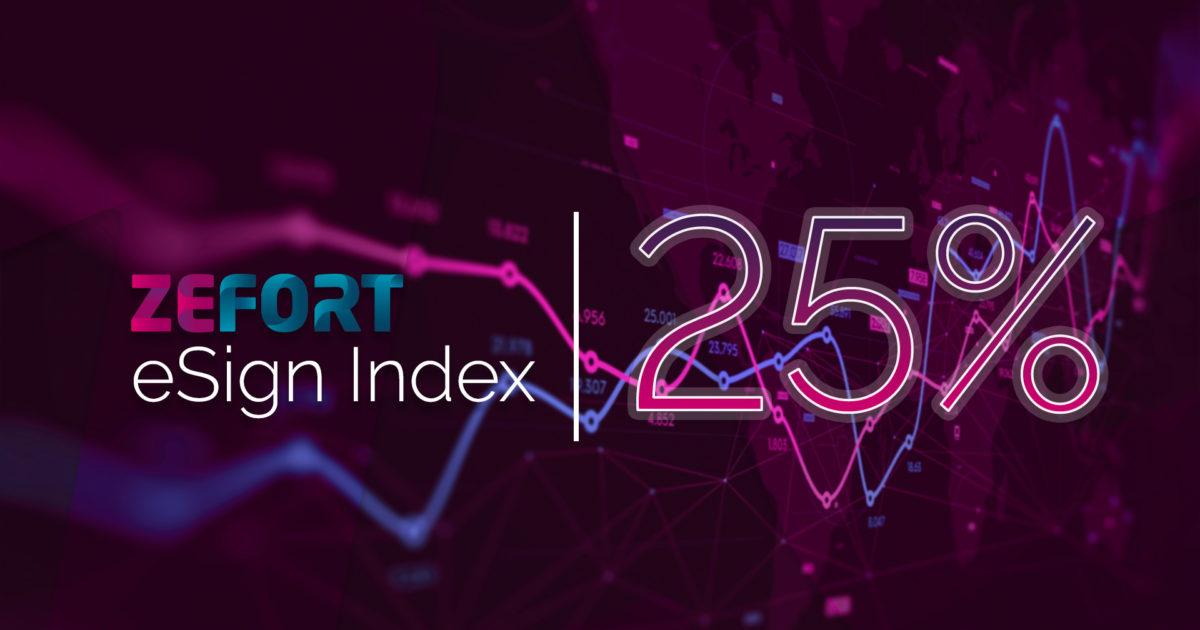Have you ever wondered why our legal system seems daunting and complex? With its convoluted language and unfathomable intricacies, navigating the law can feel like trying to crack a secret code. But what if there was a way to demystify and transform this complex framework into something more user-friendly and accessible? Enter the world of legal design, a fresh perspective on law that aims to revolutionize the way we understand, interact with, and benefit from legal concepts.
In this article, we will delve into the key principles of legal design and explore how this innovative approach has the potential to reshape the future of law, making it more comprehensible, inclusive, and ultimately, more effective for all. So, buckle up as we embark on a journey to unveil the key legal design concepts and discover the power they hold in transforming the way we experience the law.
Defining Legal Design
Legal design refers to the use of design principles, methods, and tools in the field of law to improve legal processes, documents, and services. It involves a human-centered approach, considering the needs and emotions of users to create intuitive and user-friendly solutions. By combining law and design, legal design aims to enhance accessibility, clarity, and effectiveness in legal communication. It involves simplifying complex legal concepts, using visuals and plain language, and employing interactive elements to facilitate better understanding and engagement. Through this innovative approach, legal design seeks to bridge the gap between the law and its intended audience, making legal systems more inclusive and approachable.
Importance of Legal Design Concepts
Legal design concepts are crucial in improving access to justice and enhancing the effectiveness of legal processes. By applying design principles and techniques to legal services and systems, lawyers can create user-friendly interfaces, simplifying complex legal information for clients. This approach fosters clearer communication, empowering individuals to understand their rights and obligations, and make informed decisions.
Furthermore, legal design enhances efficiency by automating repetitive tasks, streamlining workflow, and reducing legal costs. By prioritizing the user experience, legal design concepts contribute to a more inclusive and accessible legal system overall.
Understanding Legal Design Concepts
User-Centric Approach
Enhancing Access to Legal Services
Legal design concepts offer an innovative approach to enhancing access to legal services. By focusing on user-centered design, these concepts prioritize the needs and experiences of individuals seeking legal assistance. They simplify complex legal processes, making them more understandable and navigable for the average person. Through the use of intuitive interfaces, plain language materials, and tailored guidance, legal design aims to bridge the gap between the legal system and those who require its services. In doing so, it empowers individuals by providing them with the tools and resources needed to effectively engage with the legal process and exercise their rights.
Visual Communication
By utilizing clear and concise visuals, complex information can be distilled and presented in a more understandable manner. Visuals such as charts, diagrams, and infographics can help legal professionals better communicate key concepts, processes, and data to clients and stakeholders. Effective visual communication not only enhances comprehension but also improves retention and engagement.
Additionally, visuals can support storytelling within legal documents, making them more visually appealing and persuasive. Incorporating visual elements in legal design can ultimately lead to more effective communication and better outcomes for all parties involved.
Utilizing Infographics and Iconography
- Infographics and iconography are powerful tools for communicating complex legal concepts in a visually appealing and digestible manner.
- Infographics can simplify dense legal information by presenting it in a visually engaging format, helping to engage and educate clients and stakeholders more effectively.
- Iconography uses simple symbols and images to represent legal concepts, making it easier for users to understand and navigate legal documents or platforms.
- By incorporating infographics and iconography into legal design, lawyers can enhance user experience, improve comprehension, and streamline complex legal processes.
- These visual elements can also aid in breaking down language barriers, allowing information to be easily understood by individuals with varying levels of legal knowledge.
- Moreover, infographics and iconography can foster clearer communication between legal professionals and clients, reducing misunderstandings and ensuring a smoother legal experience.
Simplification and Clear Language
Legal design strives to simplify complex legal information and communicate it in a clear and easily understandable manner. By using plain language, jargon-free terms, and visual aids, legal design aims to bridge the gap between legal professionals and the general public. This approach fosters better accessibility to legal processes and empowers individuals to make informed decisions. Simplifying legal language helps break down barriers, reduces confusion, and enhances the overall user experience. With a focus on clarity, legal design emphasizes the importance of presenting information in a way that is both approachable and inclusive.
Plain Language in Legal Documents
Plain language focuses on creating legal documents that are easily understood by a diverse audience. The use of plain language simplifies complex legal jargon and eliminates unnecessary complexity, ensuring that readers can understand legal documents without confusion or ambiguity.
Simplified language in legal documents enhances accessibility, allowing individuals with varying levels of education or language proficiency to comprehend and participate in legal processes effectively.
By using clear and concise language, legal documents can effectively communicate their intended message, minimizing the risk of misinterpretation or misunderstanding.
Plain language also promotes transparency and trust, as it reduces the perception of legal documents being intentionally convoluted or obscure.
Strategies such as using straightforward sentence structures, defining legal terms, and avoiding excessive use of Latin phrases contribute to the effectiveness of plain language in legal documents.
Implementing Legal Design Concepts
Collaboration between Lawyers and Designers
Collaboration between lawyers and designers is crucial when it comes to crafting legal design concepts. Lawyers possess in-depth knowledge of legal processes and regulations, while designers excel at creating user-centered and visually appealing solutions. By working together, they can enhance the effectiveness and accessibility of legal services.
Breaking Down Silos and Promoting Multidisciplinary Teams
To effectively implement legal design concepts, breaking down silos and promoting multidisciplinary teams is crucial. Siloed thinking and isolated work practices hinder innovation and collaboration in the legal industry. By encouraging cross-functional teams comprising professionals from diverse backgrounds, such as lawyers, designers, technologists, and other relevant stakeholders, organizations can enhance problem-solving, creativity, and user-centricity.
These teams allow for a holistic approach, combining legal expertise with design thinking and technological solutions, to create impactful and user-friendly legal products and services. Multidisciplinary collaboration fosters a culture of continuous improvement and empowers professionals to contribute their unique perspectives, ultimately leading to more effective and innovative legal solutions.
Training and Education on Legal Design
Training and education are crucial to promote the adoption of legal design concepts. Professionals need to understand the principles and techniques involved in designing legal solutions that are user-centered and accessible. This includes using visual elements, clear language, and intuitive interfaces. Training programs can provide lawyers and legal professionals with the skills and mindset necessary to approach legal problems from a design perspective.
Education in legal design is also important for law students to develop a broader perspective on legal practice. By incorporating legal design into curricula, future lawyers can learn to create solutions that better meet the needs of clients and the public.
Final thoughts
Legal design is an emerging field that focuses on making the law more accessible, user-friendly, and effective. This article introduced key legal design concepts that can revolutionize the practice of law, such as the importance of visual communication, simplification of legal language, and understanding the user’s perspective. By employing these concepts, legal professionals can enhance the delivery of legal services and improve user experience.
Legal design holds immense potential in transforming the legal landscape, bridging the gap between law and the public it serves.





